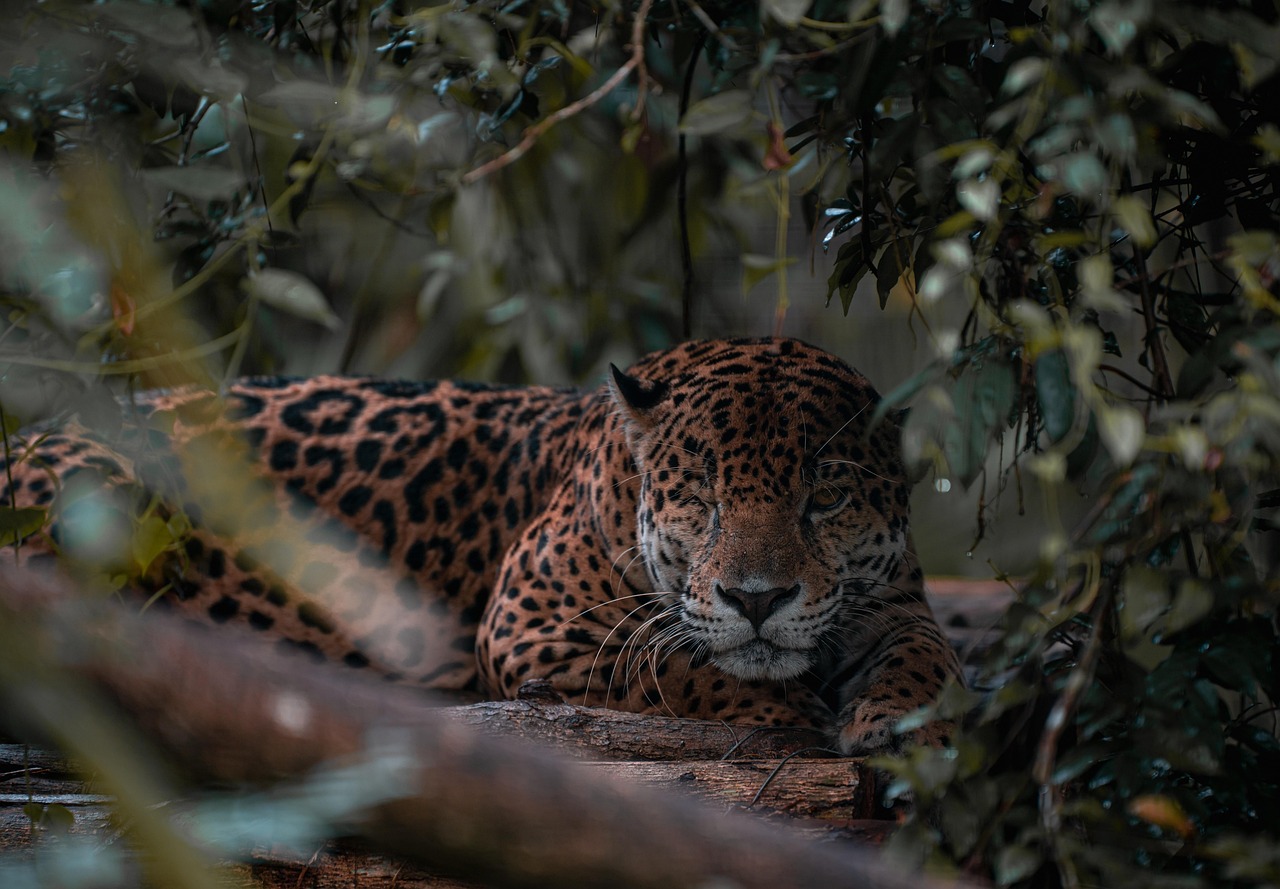The Role of Jaguars in Tulum’s Ecosystem
Jaguars (Panthera onca) are apex predators, playing a fundamental role in maintaining the health of their ecosystems. In Tulum, these magnificent big cats help regulate populations of species like deer and peccaries, which are critical for maintaining plant diversity. This balance aids the preservation of Tulum’s remarkable biodiversity, which attracts blue tourists and ecotourists alike.
The Cultural Significance of Jaguars
In Mayan culture, the jaguar symbolizes strength, power, and the underworld. Commonly depicted in ancient carvings and textiles, this reverence has carried into modern times, highlighting the need for conservation. Local communities in Tulum utilize jaguar symbolism in their cultural festivals, fostering a sense of pride and identity while promoting the need for sustainable practices.
Threats Facing Jaguars in Tulum
Habitat Loss
One of the most pressing threats to jaguars in Tulum is habitat loss due to urbanization, agriculture, and tourism development. The once vast expanses of tropical forests are being replaced by hotels and resorts, fragmenting habitats crucial for jaguar populations. Conservation efforts must focus on preserving these habitats to ensure the survival of not only jaguars but countless other species.
Poaching and Illegal Wildlife Trade
Poaching is another significant threat to jaguar populations. Jaguars are hunted for their beautiful pelts, and body parts are sometimes used in traditional medicine practices. To combat this, local advocacy and law enforcement must strengthen their efforts against illegal wildlife trade, ensuring that these majestic animals are protected.
Community Engagement in Conservation
Ecotourism Initiatives
Community-based ecotourism presents a unique opportunity for Tulum’s residents to engage in conservation efforts while promoting sustainable economic development. By showcasing Tulum’s jaguar populations through responsible wildlife tours, locals can educate visitors about the ecological significance of these animals, fostering appreciation and support for conservation.
Local Education Campaigns
Educating the community about the ecological and economic value of jaguars is vital. Schools and local organizations can create programs that teach residents about biodiversity, the importance of jaguars, and sustainable land use practices. Engaging youth in conservation efforts ensures a long-lasting commitment to preserving these essential species.
Establishing Protected Areas
Establishing and enforcing protected areas in Tulum is crucial for safeguarding jaguar habitats. Collaboration between government bodies, NGOs, and local communities enables the effective management of these reserves. Protected areas not only serve as habitats for jaguars but also offer recreational spaces for tourists and residents, promoting a balanced relationship with nature.
Collaborating with NGOs
Non-governmental organizations play a pivotal role in conservation in Tulum. Many focus on wildlife preservation through research, advocacy, and hands-on habitat restoration. Collaborations between these NGOs and local communities can enhance conservation strategies, provide funding for initiatives, and create sustainable livelihood opportunities centered around conservation efforts.
Sustainable Land Use Practices
Promoting Biodiversity-friendly Agriculture
Integrating jaguar-friendly practices in agriculture can significantly reduce human-wildlife conflict. Farmers can be trained to adopt sustainable practices that utilize organic methods and preserve habitats. This approach not only protects jaguars but also enhances agricultural productivity and marketability, allowing farmers to thrive while safeguarding the ecosystem.
Responsible Tourism Development
Tourism is a major economic driver in Tulum, but if left unchecked, it can lead to significant ecological damage. Encouraging responsible tourism practices, such as minimal-impact tours and eco-friendly accommodations, helps balance economic interests with ecological sustainability. The focus should be on creating experiences that highlight Tulum’s natural beauty, including its rich wildlife.
Building Resilience Against Climate Change
Climate-Resilient Landscapes
As climate change poses additional threats to jaguar habitats, local initiatives focusing on climate-resilient landscapes become essential. This includes restoring native vegetation, promoting sustainable water management, and creating corridors that allow wildlife to migrate in response to changing climatic conditions.
Community-based Adaptation Strategies
Communities in Tulum can develop adaptation strategies that acknowledge the potential impacts of climate change on ecosystems and livelihoods. Training residents in conservation agriculture, water conservation techniques, and alternative income generation can enhance resilience and ensure the sustainability of both jaguar populations and local communities.
Research and Monitoring
Implementing Monitoring Programs
Robust research and monitoring programs are essential to understanding jaguar populations and their ecosystems in Tulum. Utilizing technology such as camera traps and GPS collars can help track jaguar movements and behavior. Collaborative research efforts involving universities, NGOs, and local communities can yield valuable data, informing conservation decisions and policies.
Data-Driven Conservation Strategies
Utilizing collected data can lead to effective conservation strategies tailored to Tulum’s unique environment. By understanding jaguar population dynamics, habitat needs, and human-wildlife interactions, policymakers can implement targeted actions that enhance ecosystem health and jaguar populations.
Celebrating Success Stories
Highlighting successful conservation stories in Tulum can inspire communities and visitors alike. Sharing examples of effective collaborations, innovative practices, and wildlife recovery can foster a sense of hope and motivate others to contribute to conservation efforts. Celebrating these victories can build community spirit and raise awareness about the importance of protecting Tulum’s wildlife.
Conclusion on Future Perspectives
As the balance between development and conservation remains delicate in Tulum, creating a sustainable future requires collective efforts. By fostering community involvement, promoting sustainable practices, and celebrating the remarkable legacy of jaguars, Tulum can emerge as a model for responsible tourism and wildlife conservation.
Engaging with the local community while prioritizing ecosystem health will ensure that both residents and jaguars thrive in this breathtaking region. Collaborative action today will pave the way for a future where jaguars roam freely, and Tulum flourishes as a beacon of environmental consciousness.







